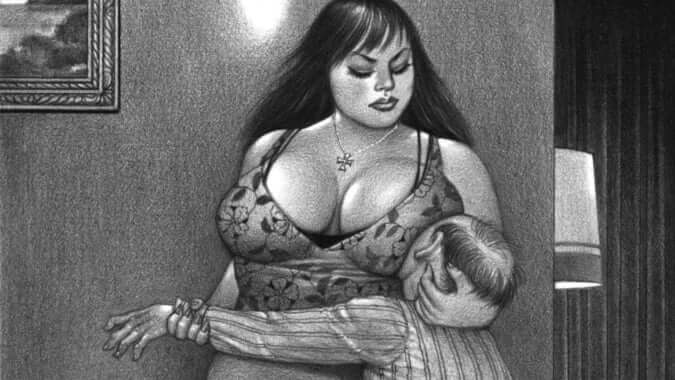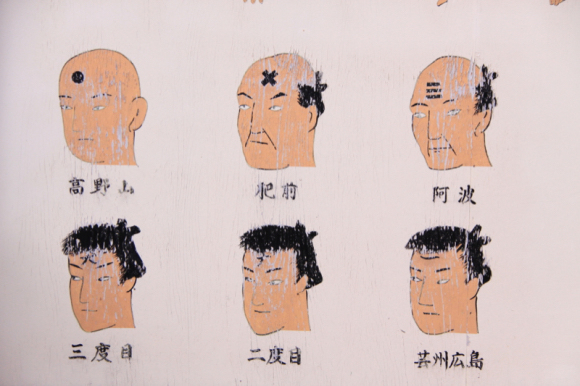Vintage Animated Films Available Online
The National Film Archive of Japan has made early-20th-century Japanese animated films accessible for free on its website.
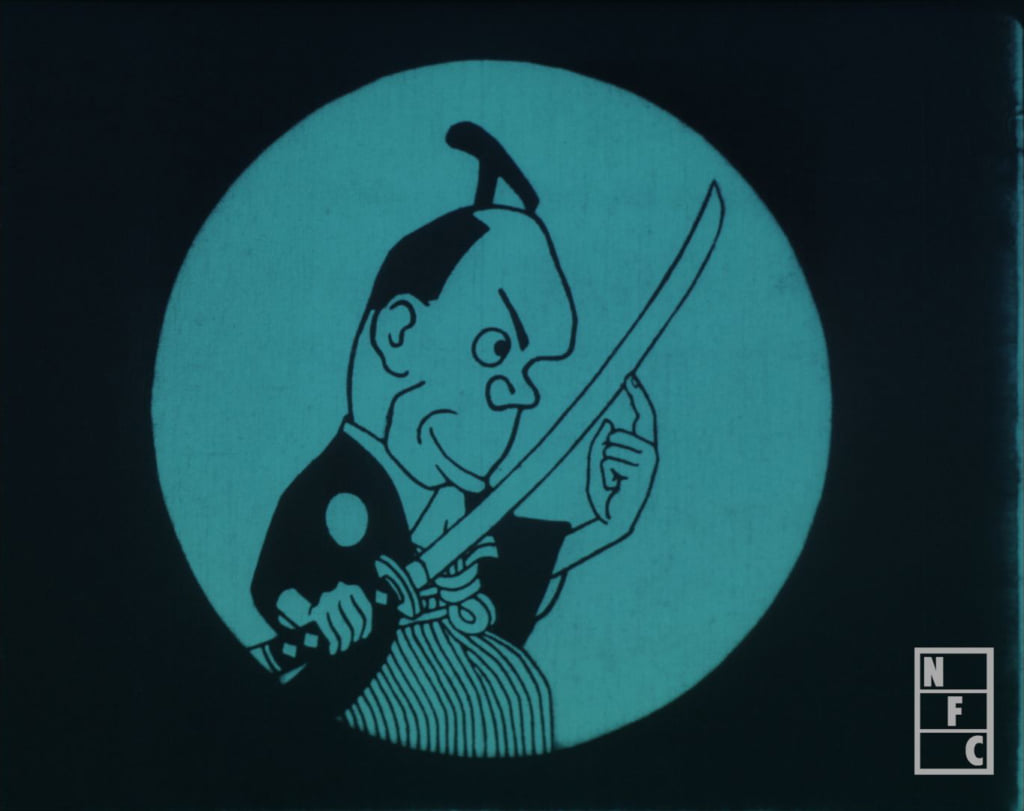
‘The Dull Sword’ [the longest, digitally restored version] (1917, Junichi Kouchi) Part of original material provided by Natsuki Matsumoto Courtesy of National Film Archive of Japan
The National Film Archive of Japan has digitised 64 short animated films released between 1917 and 1941 and has made them available online. Viewers can now discover the birth of animated Japanese cinema through these films, the majority of which are in black and white and are often silent, with characters making jerky movements.
The catalogue is comprised of films that are as varied as they are surprising: viewers can watch Japanese and western fables, like the 1924 version of The Tortoise and the Hare by Sanae Yamamoto. It also features pre-war propaganda films and public information films, such as a TV spot on the prevention of tuberculosis, requested by the Japanese minister of health in 1933. Some of the films have been subtitled in English for the first time, showing the Japanese people’s desire to present these short films to an international audience.
Freedom of form and modernity of image
We familiarise ourselves with Junichi Kouchi, creator of the oldest Japanese animated film, The Dull Sword, released in 1917, and Shigeji Ogino, director of An expression, a colour film that’s abstract and verging on psychedelic where, for four minutes, a triangle, representing a city dweller, and a circle, playing the part of a country dweller, meet.
These are the early stages of Japanese animated film, which would not gain popularity until the 1950s, notably when the animation studio Toei Doga was founded and released The Tale of the White Serpent, the first colour feature animated film. It then became an integral part of 1980s Japanese culture, particularly thanks to one of its leading figures, Hayao Miyazaki.
Japanese Animated Film Classics (2017), a project by the National Film Archive of Japan available on its website.
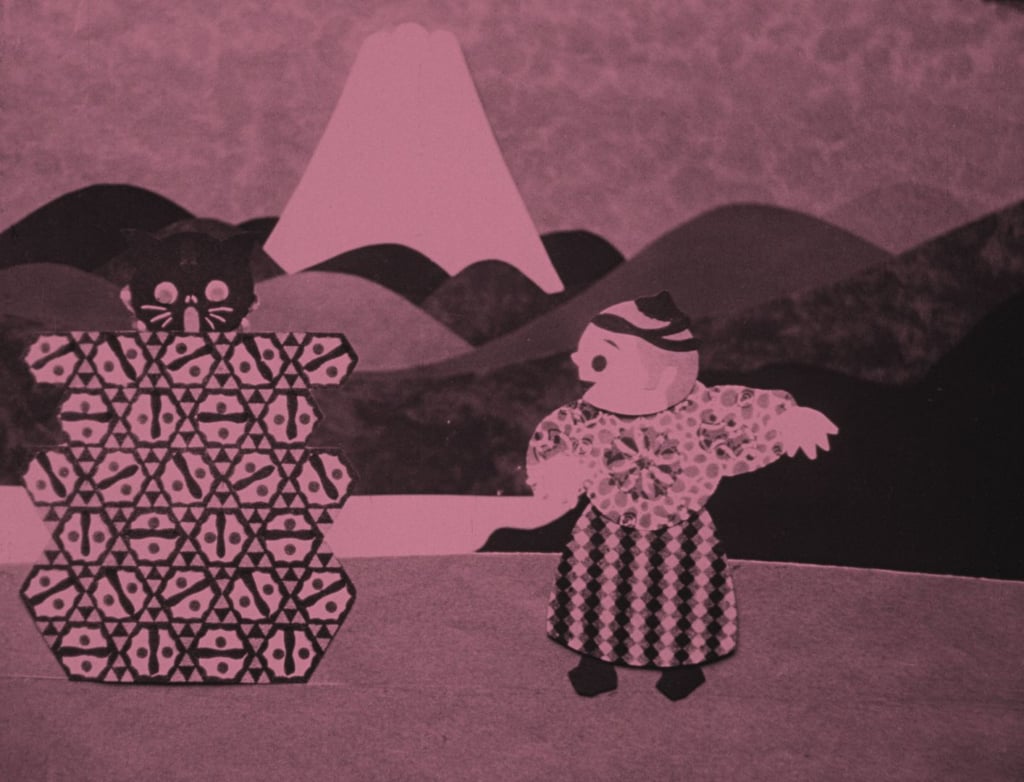
‘At the Border Checkpoint’ (1930, Noburo Ofuji) Courtesy of National Film Archive of Japan
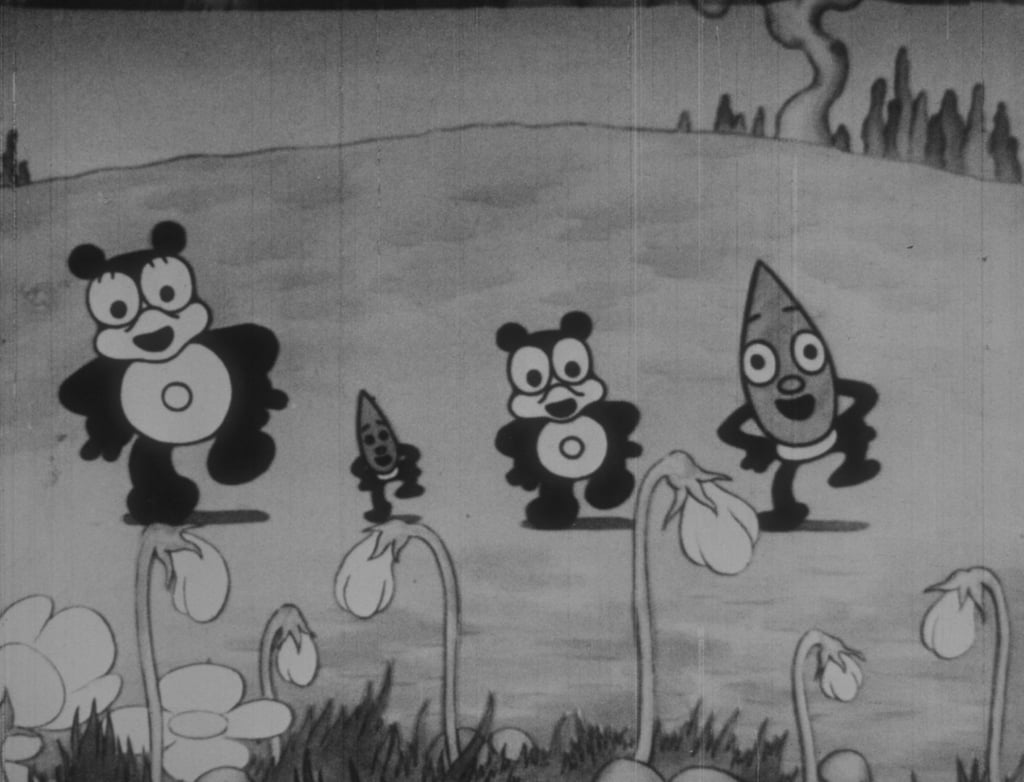
‘Spring Comes to Ponsuke’ (1934, Ikuo Oishi) Original material provided by Planet Film Archive Courtesy of National Film Archive of Japan
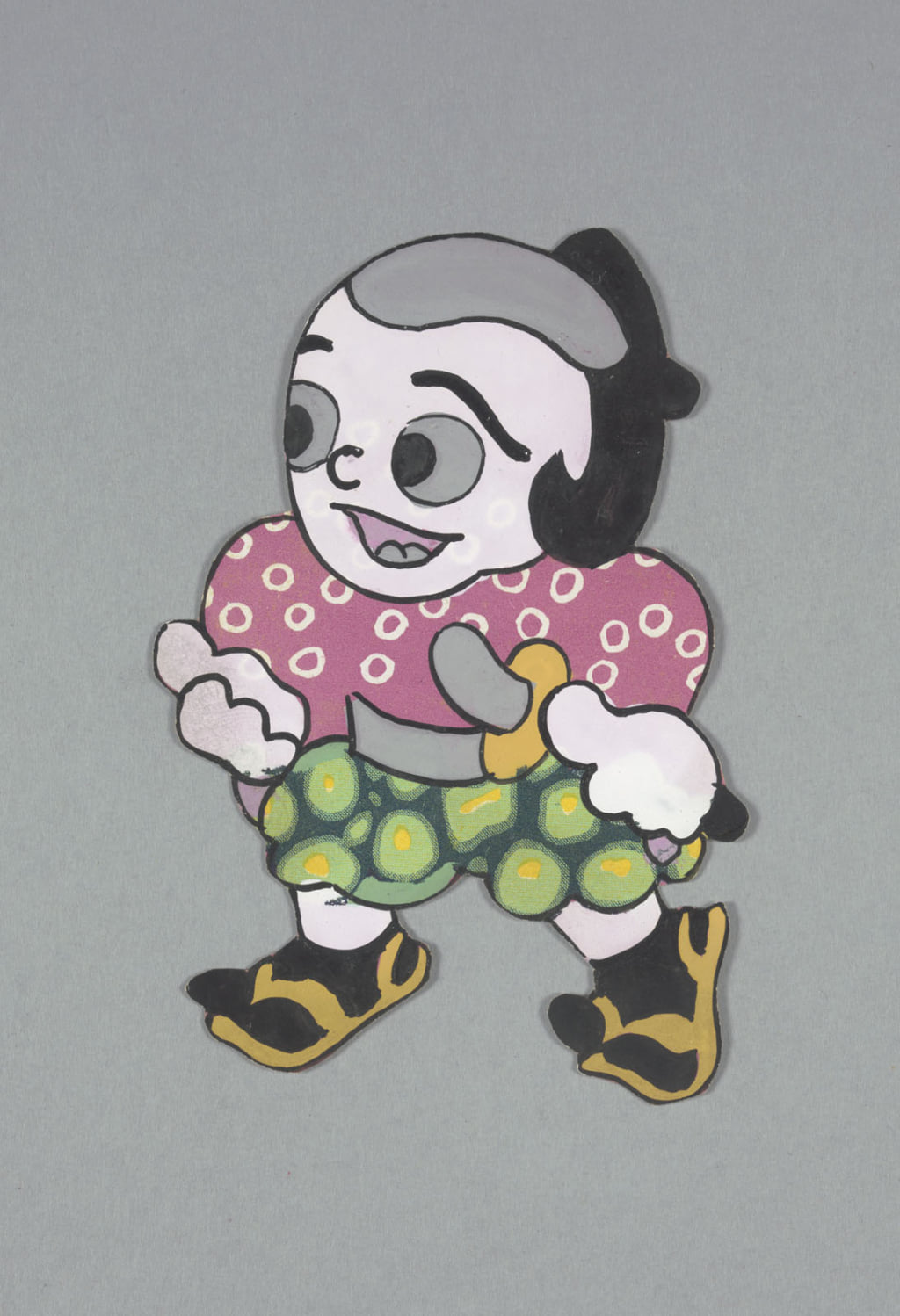
Dangobei, Ofuji’s cartoon character.
TRENDING
-
Ishiuchi Miyako, A Singular Perspective on Women
Recipient of the 2024 Women in Motion Award, the photographer creates intimate portraits of women through the objects they left behind.

-
Recipe for Ichiraku Ramen from ‘Naruto’ by Danielle Baghernejad
Taken from the popular manga with the character of the same name who loves ramen, this dish is named after the hero's favourite restaurant.

-
Namio Harukawa, Master of Japanese SM Art
'Garden of Domina' offers a dive into the world of an icon of ‘oshiri’, whose work has now reached a global audience.

-
The Tattoos that Marked the Criminals of the Edo Period
Traditional tattoos were strong signifiers; murderers had head tattoos, while theft might result in an arm tattoo.

-
The Emperor of Japanese Porn is Now the Star of a Netflix Series
Deliciously funny, The Naked Director especially succeeds in reviving the atmosphere that was so characteristic of 1980s Japan.



